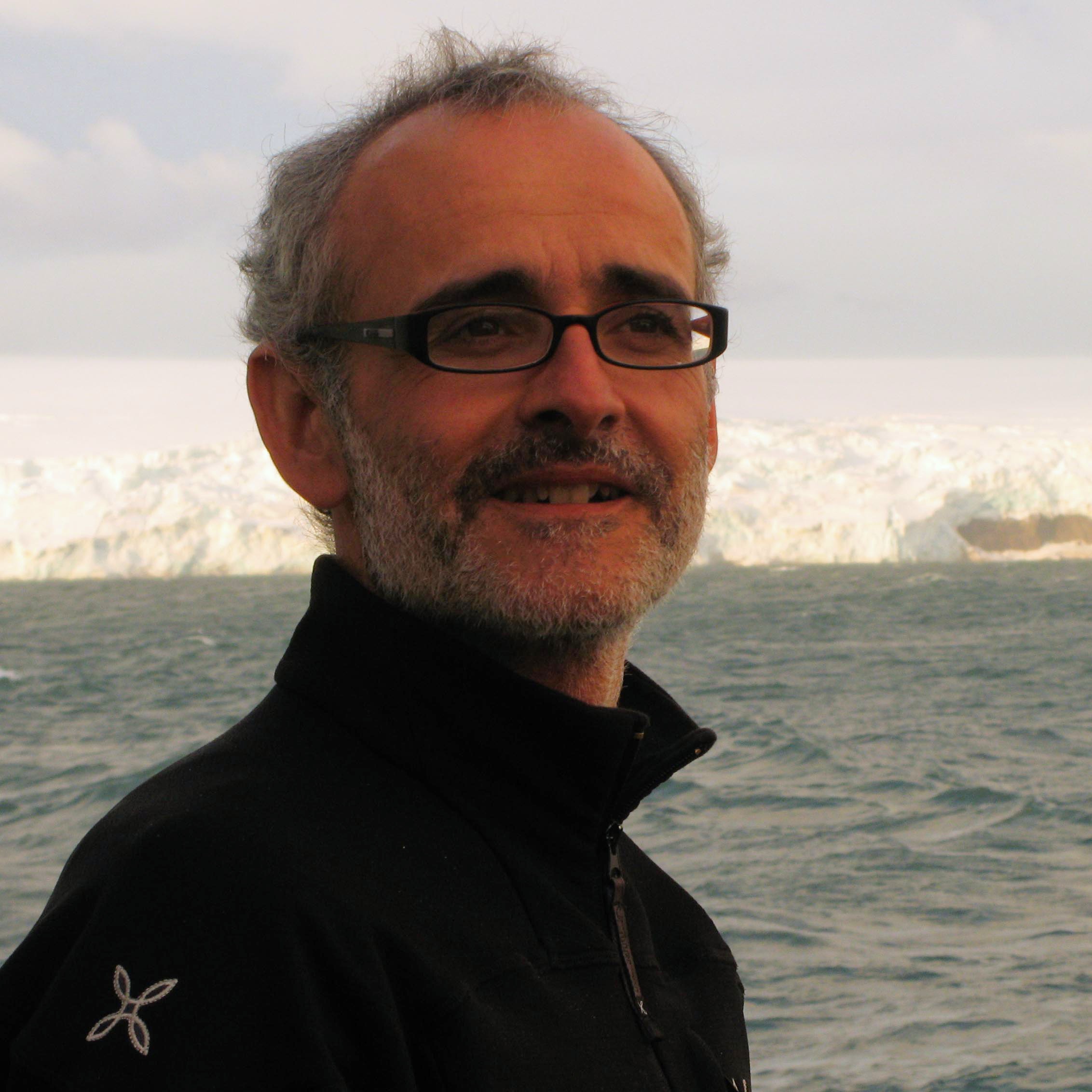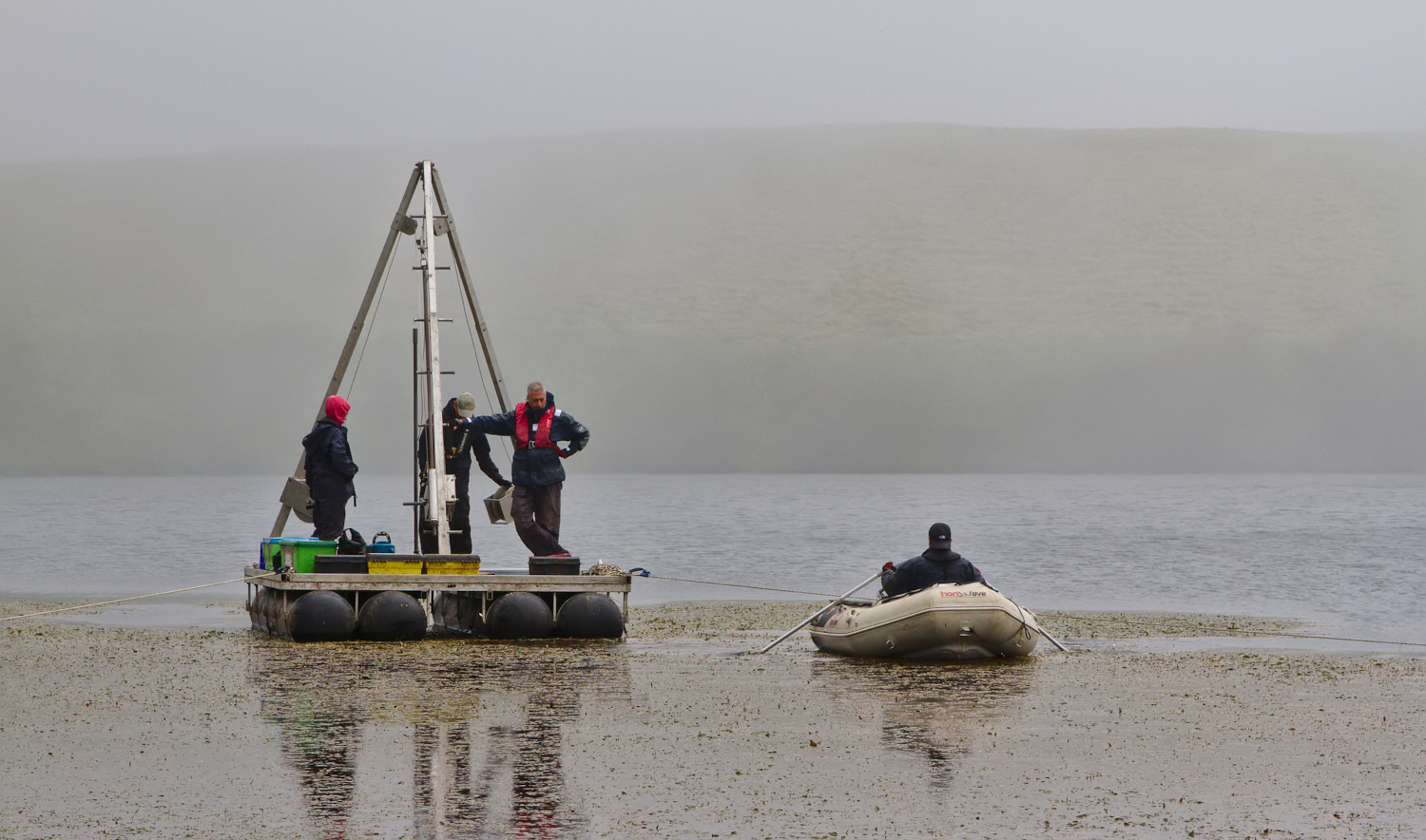Azorean lakes have lost regional biodiversity over the last 40 years
Every lake is a miniature universe: it is a space with its own temperature and salinity, in which particular flora and fauna live and certain microorganisms develop. Thanks to their diverse nature, lakes make the ecosystems to which they belong more resilient and provide society with numerous benefits, such as water cycle regulation. However, lakes are also the backdrop to many human activities and are severely exposed to global warming. With that in mind, a research team led by CREAF and the Autonomous University of Barcelona (UAB), and also including scientists from the University of the Azores and Geosciences Barcelona (GEO3BCN), has studied sedimentary records spanning the past 180 years from lakes in the Azores archipelago, carrying out both local and regional analyses. According to the study’s results, which were recently published in the journal Communications Earth & Environment, Azorean lakes are suffering a generalized loss of species, with 1982 marking a point of no return for their entire ecology, a time at which a process of irreversible change began. Since then, the lakes of the island of São Miguel have been becoming increasingly similar to one another, reducing the biodiversity and resilience of their ecosystems.

“We’ve read the lakes’ history book, and what we’ve seen is that as humans expanded across the Azores, they modified the islands’ ecosystems, which led to changes in the lakes’ natural communities".
SERGI PLA-RABÉS, CREAF and UAB researcher and lead author of the study.
To obtain their data, the researchers analysed sediment samples from the depths of Azorean lakes. Doing so enabled them to learn about thousands of years of the lakes’ history. “You might say that we’ve read the lakes’ history book,” states CREAF and UAB researcher Sergi Pla-Rabés, the study’s lead author. “And what we’ve seen is that as humans expanded across the Azores, they modified the islands’ ecosystems, which led to changes in the lakes’ natural communities,” he continues. “All the lakes we studied on the island of São Miguel reached a point of no return in around the 1980s. That abrupt, island-wide change occurred when the Northern Hemisphere temperature permanently exceeded 0.35ºC above the 20th-century mean. That tells us that the temperature rise in question altered the lakes’ stratification patterns.”

The proof: tiny algae
The lake sediment samples the researchers studied contain a key organism: diatoms. Microscopic photosynthesizing algae that live in both freshwater and marine environments, diatoms are well-known components of phytoplankton. Diatom communities have been present in lakes ever since their formation, so they are a crucial and widely used indicator of ecological changes in such bodies of water.
“We detected a reduction of almost 30% in the lakes’ diatom species over the last 40 years,” remarks Pla-Rabés. “That means the rest of the ecosystem will be experiencing a decline in biodiversity too, with an increase in toxic cyanobacteria altering the food web and causing the loss of some of the ecosystem services lakes provide,” he explains. The research team’s hypothesis is that the trends they observed on São Miguel are being replicated throughout the world’s island lake ecosystems.
Referenced article: S. Pla-Rabés, M.G. Matias, V. Gonçalves, D. Vázquez Loureiro, H. Marques, R. Bao, T. Buchaca, A. Hernández, S. Giralt, A. Sáez, G.L. Simpson, S. Nogué y P.M. Raposeiro. (2024) Global warming triggers abrupt regime shifts in island lake ecosystems in the Azores Archipelago. Communications earth & environment. DOI: https://doi.org/10.1038/s43247-024-01744-6







